Although it's and old question, it still might be relevant and interesting to others. Recently, I had a similar observation. When you filter your data by setting "unwanted" x-values to NaN, you introduce "interruptions" in your data, e.g. in a line plot the lines would be interrupted. Apparently, similarly, this happens with smooth freq which seems to start new histograms for each of the separated sequences, that's what you see on top of each other in your graph.
The simplest solution is: (however, apparently only for gnuplot>=5.4)
set datafile missing NaN
Nevertheless, there is a solution for earlier versions (e.g. 5.0, the time of OP's question).
There is another way to get your conditional histogram: instead of setting the unwanted x-values to NaN set the corresponding unwanted y-values to 0. You can do this because smooth freq is simply summing up and not calculating an average value like, e.g. smooth unique.
The following example will work for gnuplot>=5.0.0.
However, there seems to be a bug(?!), apparently fixed in version 5.0.6.
If you plot your results into a table, for some reason the last value is strange. But it looks like this value only appears when plotting to a table, not to a graph.
set table $Test
plot $Data u (Bin($1)):(1) smooth freq
unset table
print $Test
....
2.3 2 i
2.5 3 i
2.7 1 i
3.1 1 i
-1.9 1 u # what's this???
Anyway, the following example creates 2 columns of random test data and filters the data, i.e. values of the first column are only taken into account when the value of the 2nd column is smaller than 5.0.
Code: (works with gnuplot 5.x)
### histogram with filtered data (gnuplot>=5.0.0)
reset session
# create some random test data
set print $Data
do for [i=1:1000] {
print sprintf("%g %g", invnorm(rand(0)), int(rand(0)*10))
}
set print
# histogram
BinWidth = 0.2
Bin(x) = floor(x/BinWidth)*BinWidth + BinWidth*0.5
set style fill solid 0.3
set key noautotitle
set boxwidth BinWidth
myFilter(colF,valF) = column(colF)<valF ? 1 : 0
plot $Data u (Bin($1)):(1) smooth freq w boxes lc "blue" ti "unfiltered", \
'' u (Bin($1)):(myFilter(2,5.0)) smooth freq w boxes lc "red" ti "filtered
### end of code
Result:

 . Horizontal lines over-plot with different ratio are the problems.
. Horizontal lines over-plot with different ratio are the problems.
